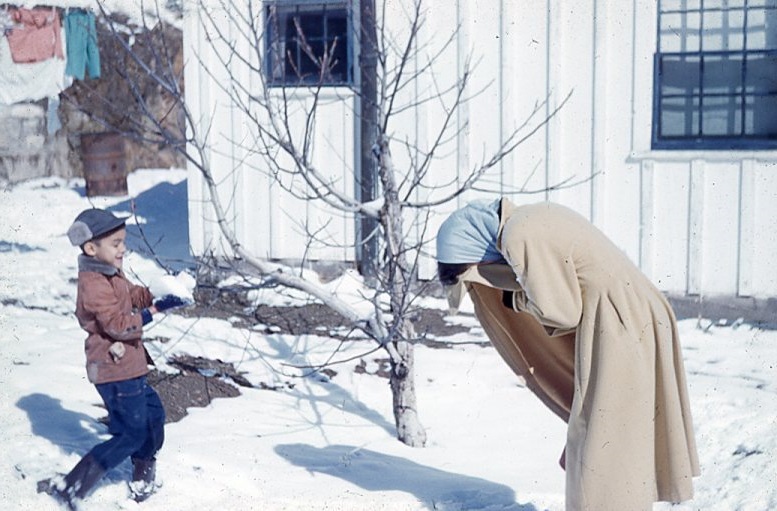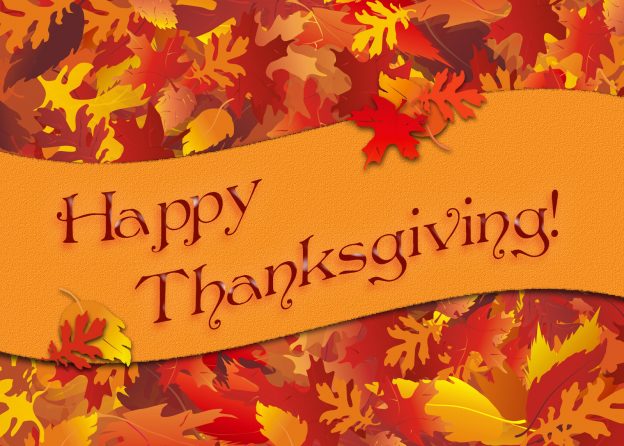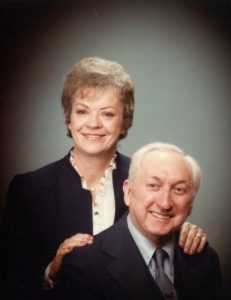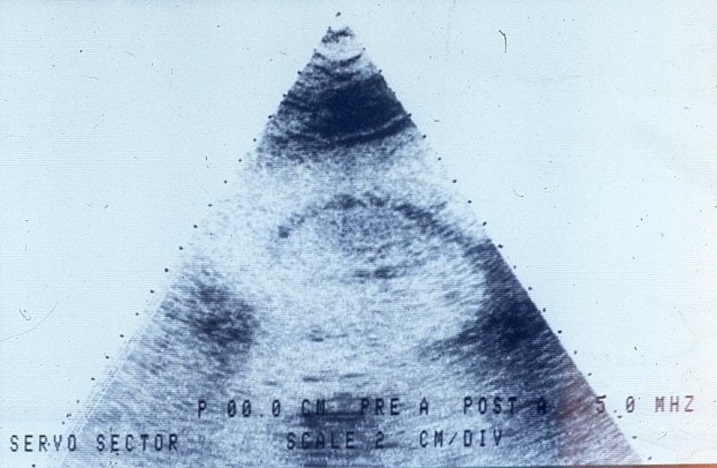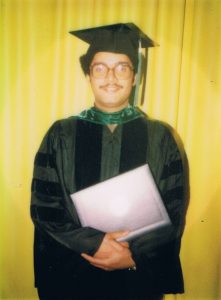I grew up in Bisbee, Arizona, a small copper mining town nestled in the Mule Mountains ninety miles southeast of Tucson. The mine closed in the early 1970s; the town has been taken over by artsy hippie types and the Arizona Daily Star named Bisbee the state’s most gay-friendly town. A bumper sticker describes Bisbee as “Like Mayberry on Acid.”
The Bisbee area has several different regions which only becomes important when describing landmarks or certain homes. The part of Bisbee built around the canyon of the Mule Mountains is now “Old Bisbee,” and Warren is now officially Bisbee. Running southeast from Old Bisbee is the Lavender Pit mine and Lowell. A traffic circle (also called a roundabout) at the edge of Lowell splits the highway into three directions. The first right goes to Tintown, South Bisbee, Huachuca Terrace, Don Luis (pronounced “Louie) and the border town of Naco. The middle exit takes one to Bakerville and Warren/Bisbee, while the third one runs to Douglas, about 30 miles away. If you are insatiably curious, look up Bisbee on Google Maps.
I missed out on the delights that are common to Midwestern winters: below zero wind chills; four-foot snowdrifts in your yard; never seeing the sun for five months. I’d never heard of snowsuits, layering or thermal underwear since the temperature was often in the 50s or 60s. No one had a snow shovel or a snowblower, nor had we ever seen a snowplow. We didn’t have sleds or toboggans. I used to slide down a hillside on a piece of corrugated tin roofing in short sleeves and jeans. (One time I tried it without the tin and ripped the hell out of my pants, which didn’t make my mother happy).
Despite that we weren’t strangers to snow as Bisbee’s sits at 5,280 feet. In the mid-1960s we had more snow than my grandmother in Illinois. Bisbee saw eight inches of snow on New Year’s Eve, 2012 and another memorable snowfall on January 10, 2016. The combination of altitude, temperature and moisture content tended to make the snow a little heavier and wet, just right for snowballs. This is me, about 6 years old, pasting my mother with one.
Snow at lower desert elevations creates a surreal, fantastic landscape that has to be seen in person to appreciate. The prickly pear, mesquite and yucca shimmer as sunlight filters through a low ground fog. As the sun rises farther, the fog dissipates, and the snow begins to melt, often disappearing by noon. This shot is from outside of Phoenix in 2013.
We adhered to the traditional Christmas tree ritual. We’d buy a tree from a stand set up in a parking lot in Lowell, except for the time we cut our own. My stepfather would put the tree in the red and green metal stand with the prongs in the bottom that would eventually rust and break off, make sure it was as straight as could be expected, and tighten those big screws. My mother would untangle the lights, the kind with incandescent bulbs that doubled as night lights. Sometimes we had to go through the tedious process of checking each bulb since none of them would light up if one was burned out. I wanted to wrap the strings around horizontally, but Mom insisted on running them vertically. I didn’t think it mattered but I was overruled.
Then we’d drag out two boxes of Shiny Brite ornaments, untangle the wire ornament hangers and put them on the tree, knowing one or more would probably bite the dust each Christmas. After that, we’d hang those skinny silver strips we called icicles, but Midwesterners know as tinsel. (Trust me, Peg and I had a long discussion about the proper term. I still call them icicles!) I thought grabbing a handful and tossing them at the tree was efficient, but Mom disagreed:
“No, you have to put them on a few at a time. Otherwise, it looks sloppy.”
50 years later I still don’t have patience for detail work, so Peg puts the ornaments on the tree while I watch with rapt admiration. Just kidding. I usually haul the tree up from the basement and put it together; then, my work here is finished.
We’d pick one night to drive around town looking for outdoor Christmas lights, which had bigger bulbs and heavier wiring than the indoor ones. There were no inflatable cartoon characters, chasing light strings, or mechanical wire-framed deer, which one year my nephews rearranged into an obscene position. Few people had outdoor lights because they were an unnecessary expense for the average working stiff. Even fewer people had places to put them. There might be huge cottonwoods or scruffy Arizona oaks in someone’s yard; no one would deliberately plant evergreens as landscaping. I remember Mr. Ortega, who owned the shoe store in Lowell, had lights along the roof line and around the front door of his house in Don Luis.

A few new traditions began long after I left Arizona. Stringing lights around barrel cacti, saguaros or up the slender branches of ocotillo is a uniquely Southwestern tradition.
Ristras, wreaths or swags made of dried red chiles, hang on doors or porches instead of the traditional evergreen wreath on their doors.
Luminaria, lights lining pathways, go back at least 300 years when the Spanish created small lanterns on Christmas Eve to welcome baby Jesus into the world. Originally small piñon bonfires, they became votive candles set in brown paper lunch bags weighed down with a base of sand. Now the bags are plastic, the candles are electric, and people put them on rooftops and the cinder block walls surrounding many Southwestern homes, providing illumination throughout the Christmas season and often beyond.
I hope your Christmas was peaceful and your New Year will be hopeful.
Photo Credits
Featured Image
A square in Tlaquepaque Arts and Crafts Village, Sedona, Arizona
© Can Stock Photo / alexeys
Ristra:
© Can Stock Photo / JACoulter
Phoenix snowstorm:
© Can Stock Photo / shutterrescues
Saguaro with lights and Luminaria © Shutterstock

